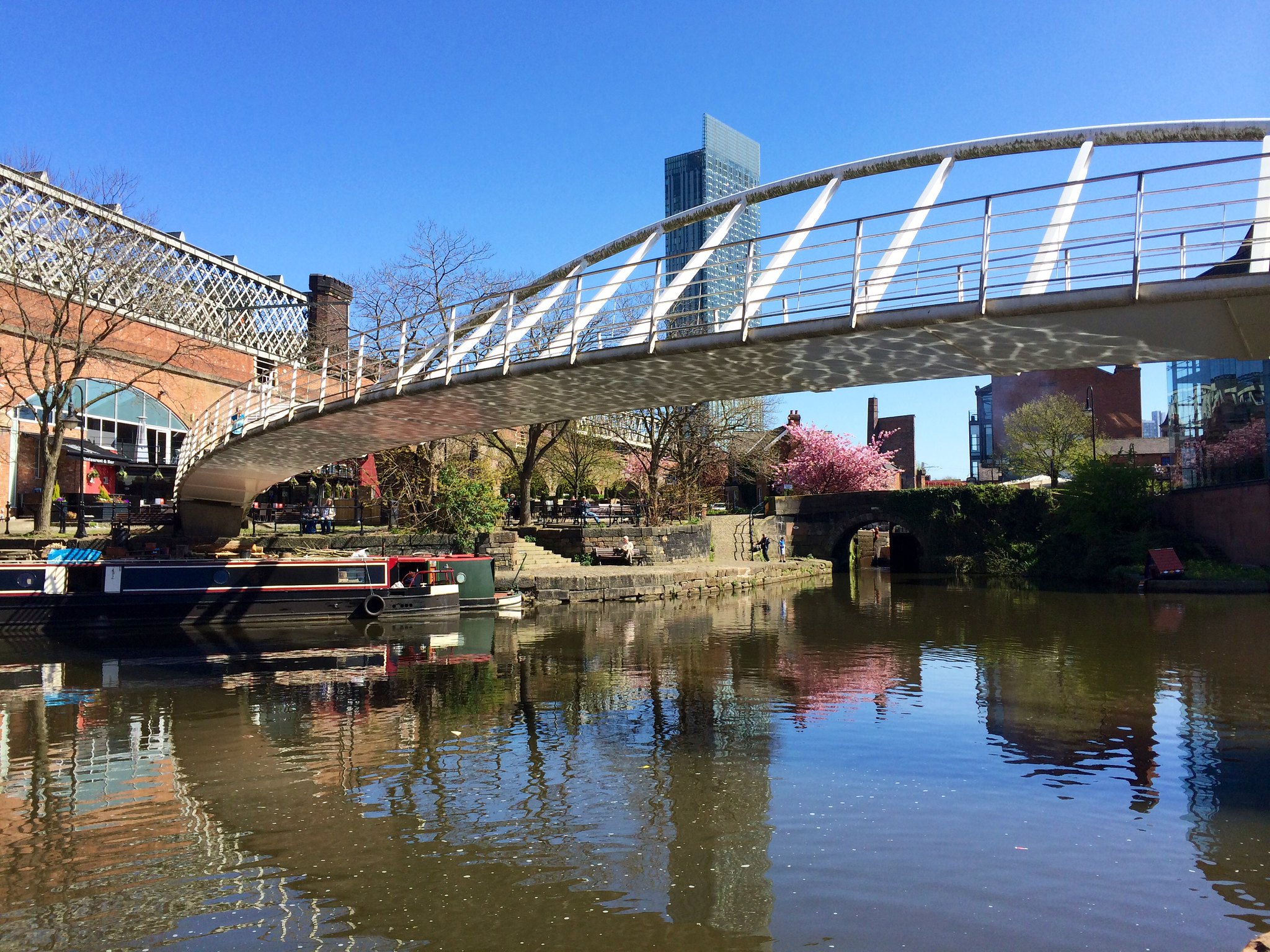Discover the hidden gems of Manchester’s Castlefield with our expert concierge services. Our knowledgeable team can arrange personalized tours of this unique urban heritage park, showcasing its Roman fort remains, industrial-era canals, and modern attractions. From securing priority access to the Science and Industry Museum to organizing canal-side picnics with gourmet local fare, our concierge services ensure an unforgettable experience. We can also coordinate guided walks along the historic waterways, book tables at the trendiest restaurants in converted warehouses, and provide insider tips on the best photo spots. Let our concierge services transform your visit to Castlefield into a journey through time, blending ancient history with industrial heritage and contemporary urban culture.
Nestled in the heart of Manchester, Castlefield is a testament to the city’s rich history and urban regeneration. This unique urban heritage park offers visitors a captivating blend of ancient Roman ruins, industrial-era canals, and modern attractions. As you explore this fascinating area, you’ll find yourself transported through time, witnessing the layers of history that have shaped Manchester into the vibrant metropolis it is today.
A Journey Through Time: Roman Roots and Industrial Revolution
Castlefield’s story begins nearly two millennia ago when the Romans established the fort of Mamucium in 79 AD. Today, visitors can explore the reconstructed remains of this ancient fortification, which served as a crucial military outpost guarding the road between Chester and York. The fort’s foundations and partial walls offer a glimpse into Roman Britain, allowing history enthusiasts to walk in the footsteps of ancient soldiers and civilians.
As you move forward in time, Castlefield’s landscape transforms dramatically, showcasing the area’s pivotal role in the Industrial Revolution. The network of canals that crisscross the district was once the lifeblood of Manchester’s booming textile industry. These waterways, including the Bridgewater Canal – often referred to as England’s first true canal – transported coal and goods, fueling the city’s rapid growth and earning Manchester its nickname as the “Cottonopolis.”
Architectural Marvels: Bridges and Warehouses
Castlefield’s skyline is punctuated by an impressive array of Victorian-era bridges and viaducts. The most striking of these is the Castlefield Viaduct, a towering iron structure that once carried trains but has now been transformed into an elevated urban park. This innovative green space offers visitors panoramic views of the surrounding area and is a perfect example of how Manchester continues reinventing its industrial heritage.
The district’s warehouses, many of which have been lovingly restored, stand as proud reminders of Manchester’s industrial might. These imposing brick buildings once used to store cotton and other goods, now house trendy apartments, offices, and cultural venues. The juxtaposition of old and new creates a unique urban landscape that captures the essence of Manchester’s ongoing evolution.
A Haven for Culture and Leisure
Today, Castlefield is not just a historical site but a thriving cultural and leisure destination. The area is home to several museums and galleries, including the Science and Industry Museum, which celebrates Manchester’s role in scientific advancement and industrial innovation. Here, visitors can explore interactive exhibits and gain a deeper understanding of the city’s contributions to fields ranging from textiles to computing.
For those seeking a more relaxed experience, Castlefield’s canal-side walkways and converted wharves offer a perfect setting for a leisurely stroll or a picturesque picnic. The area’s numerous bars and restaurants, many housed in converted warehouses, provide an excellent opportunity to sample local cuisine and enjoy Manchester’s renowned hospitality.
Green Spaces and Urban Oasis
Despite its industrial past, Castlefield boasts several green spaces that provide a refreshing contrast to the urban environment. The Roman Gardens, located near the fort remains, offer a tranquil spot for reflection and relaxation. Meanwhile, the Castlefield Bowl, an outdoor amphitheater, hosts concerts and events throughout the year, blending nature with culture in a uniquely Mancunian way.
The canals themselves contribute to the area’s natural charm, with their calm waters attracting wildlife and creating a serene atmosphere in the heart of the city. Narrow boats moored along the banks add splashes of color and character, inviting visitors to imagine life on Manchester’s historic waterways.
Connecting Past and Present: Castlefield’s Ongoing Legacy
Castlefield’s significance extends beyond its historical and cultural attractions. The area serves as a model for urban regeneration, demonstrating how industrial landscapes can be transformed into vibrant, livable spaces without erasing their heritage. This approach has inspired similar projects across the UK and beyond, cementing Manchester’s reputation as a forward-thinking city that honors its past while embracing the future.
As you explore Castlefield, you’ll discover information boards and heritage trails that bring the area’s history to life. These resources allow visitors to conduct self-guided tours, delving deeper into the stories behind the structures and spaces that make Castlefield unique.
Planning Your Visit to Castlefield
When visiting Castlefield, comfortable walking shoes are a must, as the best way to experience the area is on foot. The district is easily accessible from Manchester city center, with several public transport options available. Consider timing your visit to coincide with one of the many events held in the area, from food festivals to outdoor concerts, to truly immerse yourself in Manchester’s vibrant cultural scene.
Whether you’re a history buff, architecture enthusiast, or simply looking for a unique urban experience, Castlefield offers something for everyone. This urban heritage park encapsulates Manchester’s journey from Roman outpost to industrial powerhouse to modern cultural hub, all within a compact and walkable area. As you explore its canals, ruins, and revitalized spaces, you’ll gain a deep appreciation for the layers of history that have shaped this remarkable corner of Manchester.

